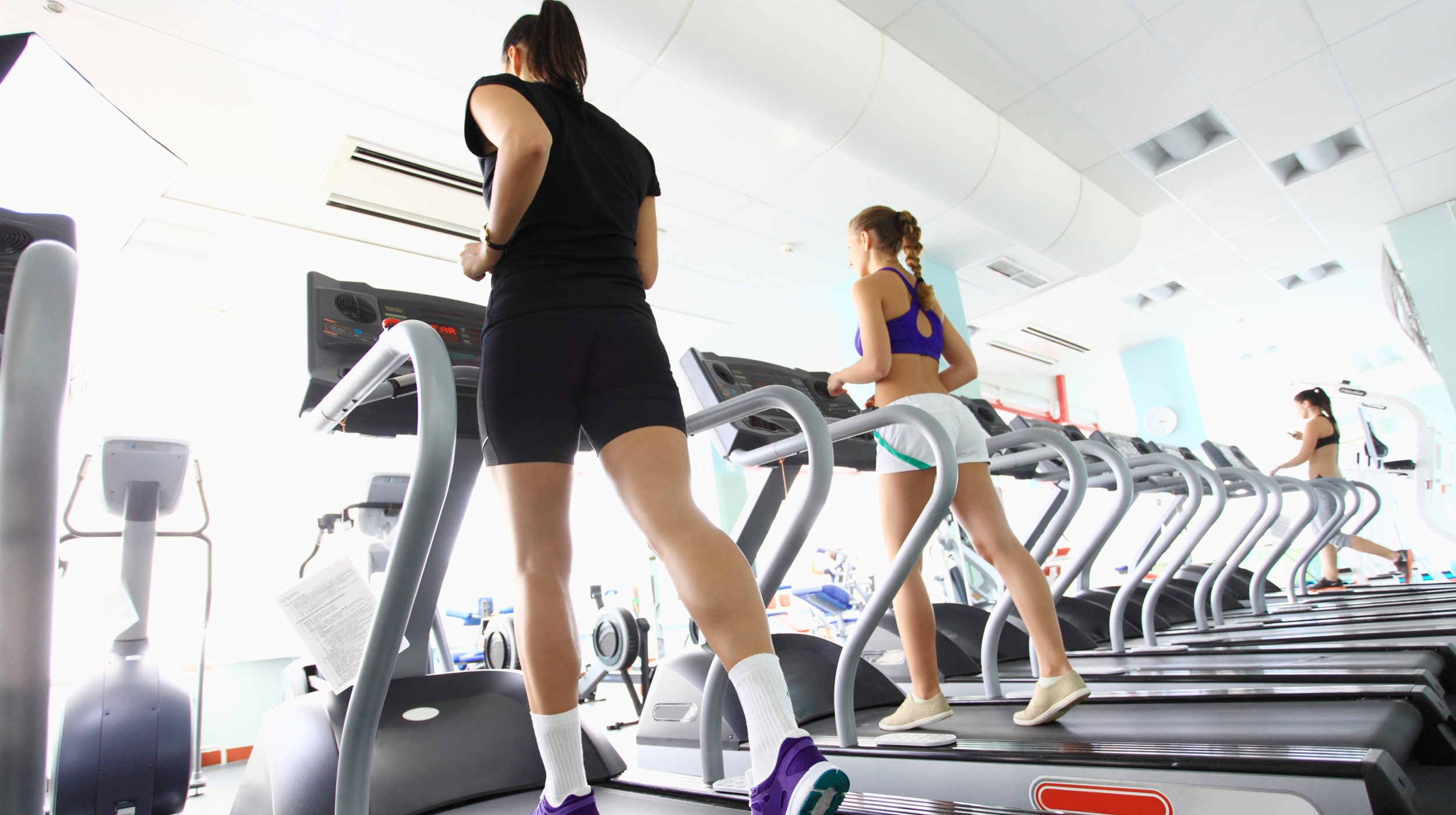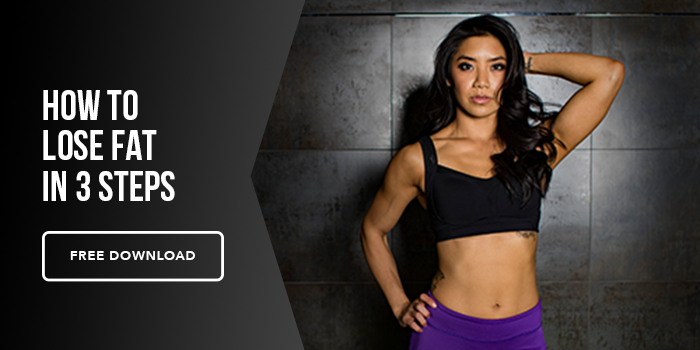If your goal is to look and feel good, or get beach ready for the summer, then you want to utilize cardio more as a tool than anything else (unless you enjoy running in general). Most people end up doing way too much cardio because they think the quickest way to losing weight is losing as many calories as often and as much as possible. The truth of the matter is that simply isn’t the case.
What Happens With TOO Much Cardio?
Research has shown endurance athletes are at a higher risk for heart dysfunction than the regular jogger. Not to mention because of the years of mileage logged onto their legs hitting the pavement, they get a host of joint, tendon, and bone problems.
Now that’s not to dismiss running altogether. Like I said, it’s a tool. Unless you are specifically training for a marathon, or as mentioned before love running, don’t do more than you have to. There is also the recovery component. If you end up adding more and more mileage or time, and more days to increase your caloric expenditure, your body needs to be able to cover from all of this. Most people are adding cardio in because they are on a diet and want to lose weight. That deficit of calories coming in makes it harder for you to recover. This may potentially put you at risk for the cardio eating away at your muscle as an energy source over your fat stores (muscle is expensive to keep on your frame during a diet).
Why Doing As Much Cardio as Possible Doesn’t Lead to Greater Fat Loss
Your body is an adaptive machine. It doesn’t know you want to look beach ready. When it comes to your 30-50 minute jogs, 5 days a week, and at a deficit of calories, all your body wants to do is become efficient. So while you may burn a lot of calories out the gate, over time your body will burn less and less. This is why marathon runners have such lower heart rates, and can achieve running such long distances. They are building their work capacity to become much more efficient.
Now pair that with the fact that most cardio machines at the gym are inaccurate, telling you that you are burning more calories than you really are and you are placing yourself into a cycle of frustration when you can’t figure out why your weight loss stalled. Also add in the fact that it’s very easy to eat back what you burned during your session.
Cardio is Suboptimal to Weight Training
I’ve written other articles on this in more depth, but to quickly recap, you only burn whatever calories you used up during your jog. With lifting, you may burn less calories during the session, but because you are breaking down muscle, you are using up calories to help rebuild and repair it as well. Steady state cardio also generally makes people hungrier so you also have to battle not overeating because of the added effort.
Incorporating weight training with your cardio sessions will help give that anabolic signal to maintain or build muscle as you continue your diet.
Best Ways to Use Cardio
The best way to incorporate cardio without risking doing too much is using a variety of methods, and ONLY adding them in as NEEDED. Don’t feel the need to just add cardio in the moment you start a diet. A lot of times, simply just lowering your caloric intake can be all you need to see the scale drop.
NEAT - Before any other cardio tool this should be your first go to. Go for a 10 minute walk after every meal. Park a little farther away at work or at the mall. NEAT is increasing your daily movement throughout the day so you are in effect getting your cardio in without having to specifically carve time out for it. It’s the most sustainable and the least stressful on the body.
HIIT - 2-3 days a week of 4-6, 30 second sprints with 60-90 seconds at a recovery pace is all you need after you’ve tried increasing your NEAT. Be careful overdoing it past that, because if you are doing 5+ days of HIIT your body may not be recovering properly. Your body needs time to rest after high intensity especially if you are lifting in conjunction.
LISS - If HIIT is interfering with your output in the gym, or you just can’t recover from it, steady state cardio is the third tool you can add. It’s longer than HIIT but much less stressful on the body. If you are doing more than 5 days of 35+ min sessions, then you are either dieting for too long, or doing too much and need a break.
If looking good is the goal, the total amount of time spent doing cardio shouldn’t surpass the time spent lifting weights. Again, it’s about maximizing retaining muscle (which is done through resistance training), and slowly adding forms of cardio in as your weight loss plateau to make sure you can keep seeing progress. Most of us don’t want to have to do more than necessary so why add the extra stress on your body?






